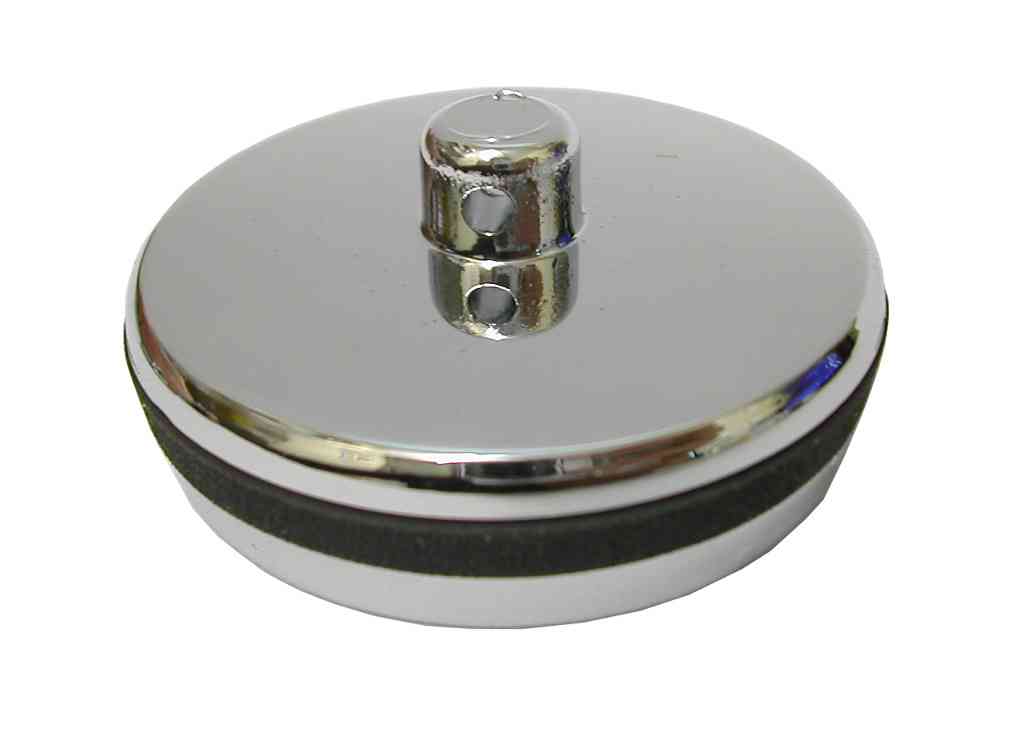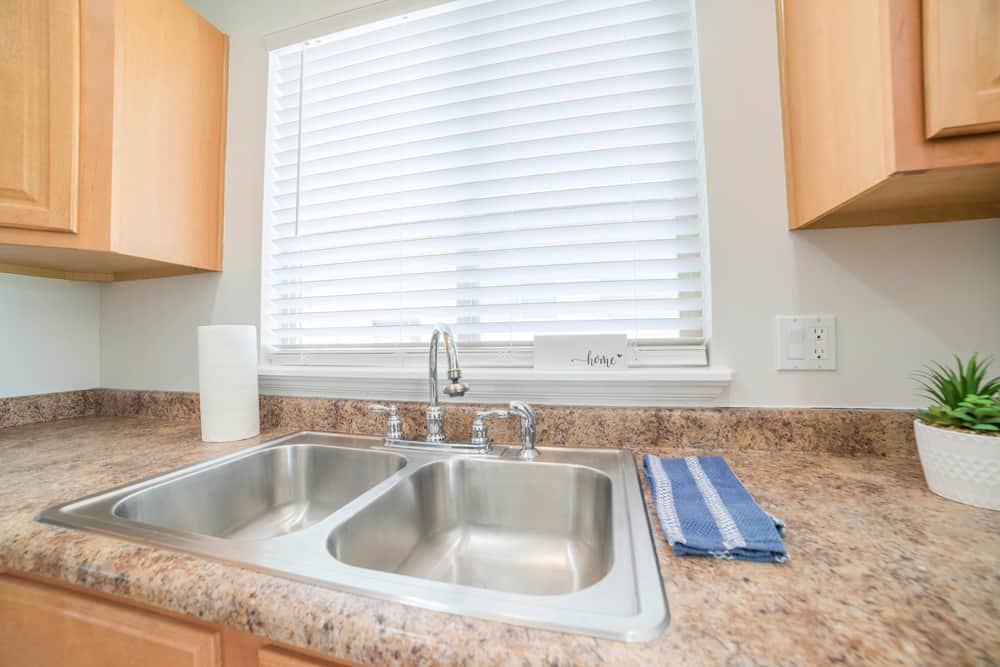How to Install a Single Bowl Kitchen Sink
Installing a single bowl kitchen sink may seem like a daunting task, but with the right tools and knowledge, it can be a simple and rewarding DIY project. A single bowl kitchen sink offers a sleek and modern look, while also providing ample space for washing dishes and preparing food. If you're ready to upgrade your kitchen with a new sink, follow this step-by-step guide for a successful installation.
Step-by-Step Guide for Installing a Single Bowl Kitchen Sink
Step 1: Measure and prepare your sink area. Before purchasing your new single bowl kitchen sink, make sure to measure the space where it will be installed. You'll also want to ensure that the sink will fit in the existing countertop cutout. If necessary, you may need to make adjustments to the countertop before proceeding with the installation.
Step 2: Gather your tools and materials. To install a single bowl kitchen sink, you'll need a few essential tools such as a drill, screwdriver, plumber's putty, and a wrench. You'll also need to purchase a sink installation kit, which typically includes mounting clips and screws.
Step 3: Install the mounting clips. Begin by attaching the mounting clips to the underside of the sink. These clips will hold the sink in place underneath the countertop. Make sure to follow the manufacturer's instructions for proper placement and use the appropriate number of clips for the size of your sink.
Step 4: Apply plumber's putty. Roll a small amount of plumber's putty into a thin rope and apply it around the edge of the sink opening in the countertop. This will create a watertight seal between the sink and the countertop.
Step 5: Position the sink. Carefully lower the sink into the countertop cutout, making sure it is centered and level. Press down firmly to ensure that the sink is secured to the plumber's putty and the mounting clips.
Step 6: Secure the sink. Using a screwdriver, tighten the mounting clips from underneath the sink to secure it to the countertop. Make sure to check that the sink is still level and adjust if necessary.
Step 7: Connect the plumbing. Once the sink is securely in place, you can connect the water supply lines and the drain. Follow the manufacturer's instructions for proper installation of the plumbing components.
Step 8: Test for leaks. Turn on the water and check for any leaks around the sink and plumbing connections. If you notice any leaks, tighten the connections or replace any faulty parts.
DIY: Installing a Single Bowl Kitchen Sink
Now that you have successfully installed your single bowl kitchen sink, take a moment to admire your hard work. Installing a sink on your own not only saves you money, but it also gives you a sense of accomplishment and ownership in your kitchen. Plus, you can now enjoy the benefits of a sleek and functional single bowl sink.
Single Bowl Kitchen Sink Installation: Tips and Tricks
If you're considering installing a single bowl kitchen sink, here are a few tips and tricks to keep in mind:
Installing a Single Bowl Kitchen Sink: What You Need to Know
A single bowl kitchen sink offers a range of benefits, including:
Single Bowl Kitchen Sink Installation: Common Mistakes to Avoid
While installing a single bowl kitchen sink can be a straightforward process, there are a few common mistakes that you'll want to avoid:
Quick and Easy Guide to Installing a Single Bowl Kitchen Sink
To sum it up, here's a quick and easy guide for installing a single bowl kitchen sink:
Single Bowl Kitchen Sink Installation: Tools and Materials You'll Need
To install a single bowl kitchen sink, you'll need the following tools and materials:
Step-by-Step Video Tutorial for Installing a Single Bowl Kitchen Sink
If you prefer visual instructions, you can find many helpful video tutorials online for installing a single bowl kitchen sink. These tutorials can provide a more in-depth look at each step of the installation process and give you a better understanding of the tools and materials needed.
Single Bowl Kitchen Sink Installation: Pros and Cons
Before deciding on a single bowl kitchen sink, it's essential to consider both the pros and cons:
Why You Should Install a Single Bowl Kitchen Sink in Your Home

The Importance of Choosing the Right Kitchen Sink
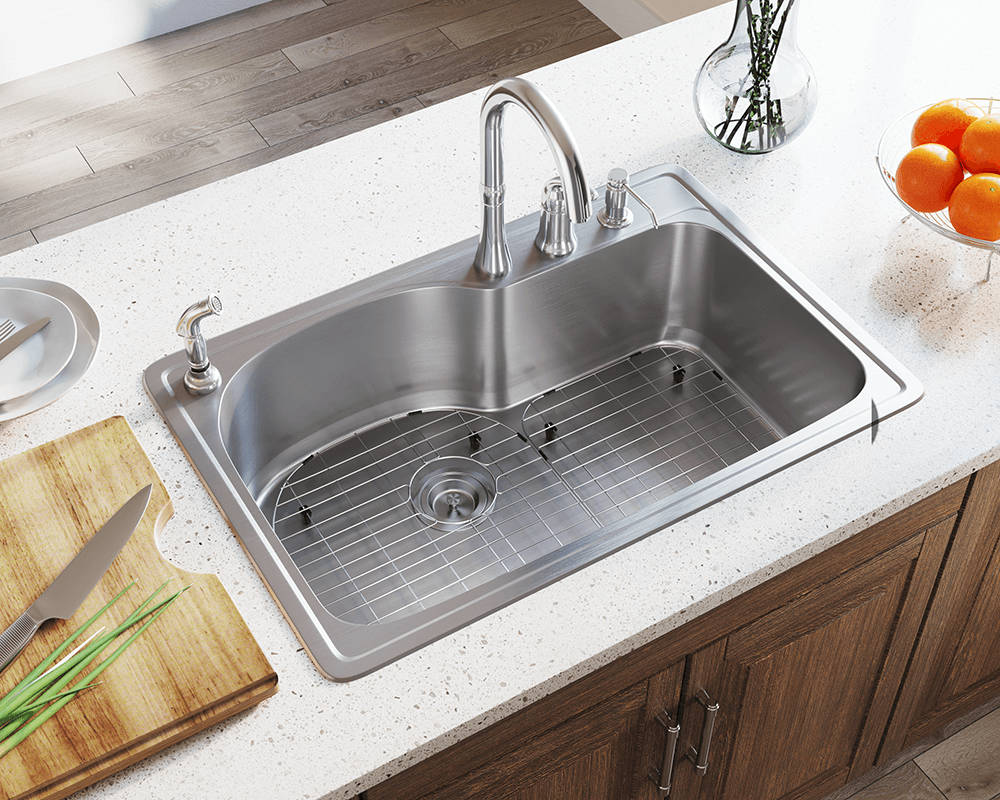 When it comes to designing your dream kitchen, the
kitchen sink
may not be the first thing that comes to mind. However, it is an essential element that can greatly impact the functionality and overall aesthetic of your kitchen.
Single bowl kitchen sinks
have become increasingly popular in recent years due to their practicality and versatility. If you are in the process of
remodeling your kitchen
or building a new home, here are some reasons why you should consider installing a single bowl kitchen sink.
When it comes to designing your dream kitchen, the
kitchen sink
may not be the first thing that comes to mind. However, it is an essential element that can greatly impact the functionality and overall aesthetic of your kitchen.
Single bowl kitchen sinks
have become increasingly popular in recent years due to their practicality and versatility. If you are in the process of
remodeling your kitchen
or building a new home, here are some reasons why you should consider installing a single bowl kitchen sink.
Maximize Space and Functionality
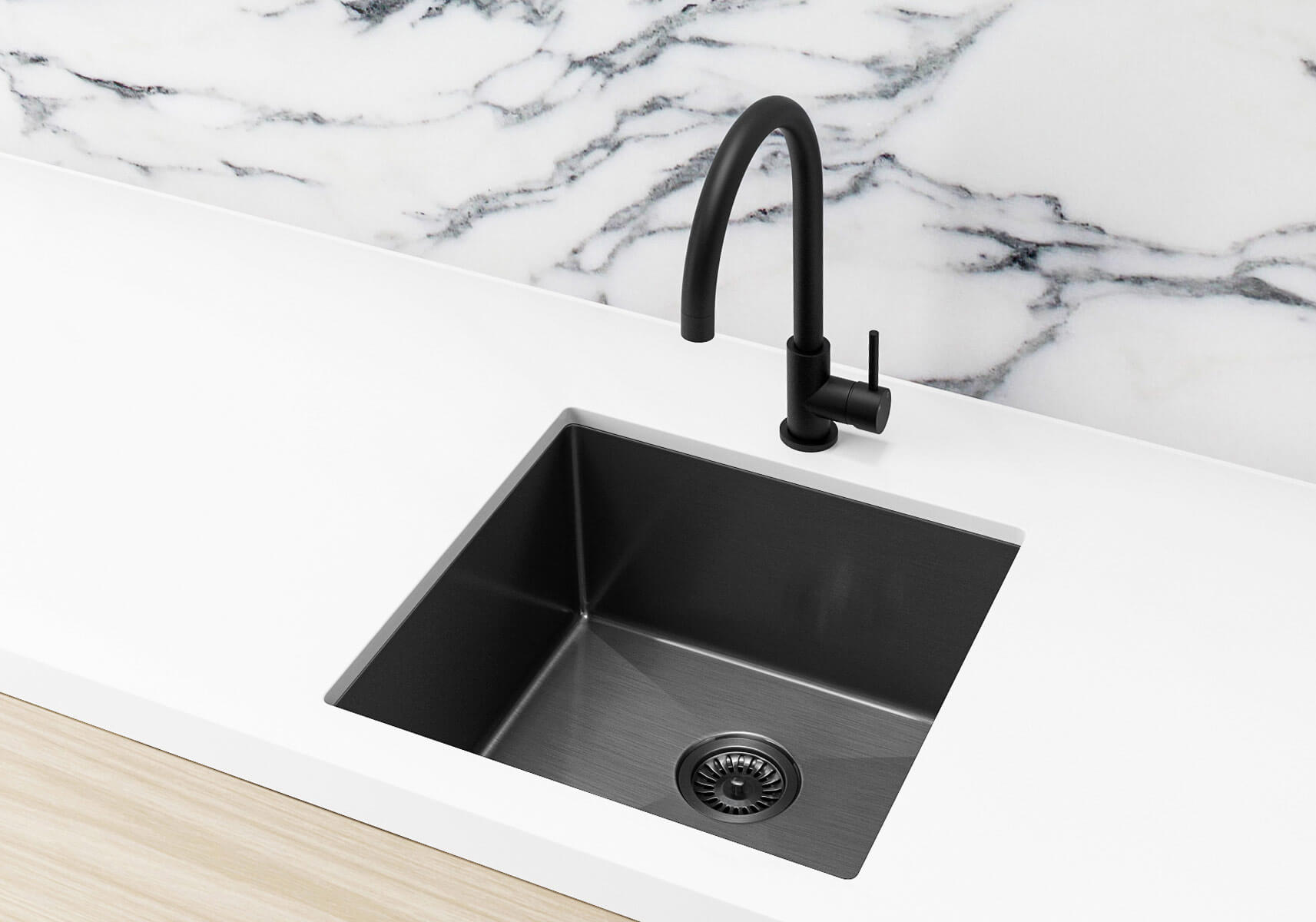 One of the main advantages of a single bowl kitchen sink is its ability to
maximize space
. Unlike double bowl sinks, which are divided into two separate compartments, a single bowl sink provides a larger and more open workspace. This makes it easier to wash larger pots and pans, as well as giving you more room to prep and clean. With a single bowl sink, you can also easily fit in larger items that may not fit in a double bowl sink, such as baking sheets or cutting boards. This added
functionality
can make a big difference in your daily kitchen tasks.
One of the main advantages of a single bowl kitchen sink is its ability to
maximize space
. Unlike double bowl sinks, which are divided into two separate compartments, a single bowl sink provides a larger and more open workspace. This makes it easier to wash larger pots and pans, as well as giving you more room to prep and clean. With a single bowl sink, you can also easily fit in larger items that may not fit in a double bowl sink, such as baking sheets or cutting boards. This added
functionality
can make a big difference in your daily kitchen tasks.
Easy to Clean and Maintain
 Another benefit of a single bowl kitchen sink is its
ease of cleaning and maintenance
. With only one bowl, you don't have to worry about food debris getting trapped in between the two compartments, making it easier to keep clean. This is especially useful if you have a garbage disposal, as the larger space allows for better drainage and less clogging. Additionally, single bowl sinks are typically deeper than double bowl sinks, which can make it easier to wash larger items without making a mess.
Another benefit of a single bowl kitchen sink is its
ease of cleaning and maintenance
. With only one bowl, you don't have to worry about food debris getting trapped in between the two compartments, making it easier to keep clean. This is especially useful if you have a garbage disposal, as the larger space allows for better drainage and less clogging. Additionally, single bowl sinks are typically deeper than double bowl sinks, which can make it easier to wash larger items without making a mess.
Enhance the Look of Your Kitchen
 Aside from its practicality, a single bowl kitchen sink can also
enhance the look
of your kitchen. With a more modern and streamlined design, a single bowl sink can give your kitchen a sleek and sophisticated look. It also allows for more
countertop space
around the sink, giving you more room to display decorative items or add additional storage. Plus, with a variety of materials, colors, and styles to choose from, you can easily find a single bowl sink that complements your overall kitchen design.
Aside from its practicality, a single bowl kitchen sink can also
enhance the look
of your kitchen. With a more modern and streamlined design, a single bowl sink can give your kitchen a sleek and sophisticated look. It also allows for more
countertop space
around the sink, giving you more room to display decorative items or add additional storage. Plus, with a variety of materials, colors, and styles to choose from, you can easily find a single bowl sink that complements your overall kitchen design.
Conclusion
 In conclusion, a single bowl kitchen sink is a great choice for any kitchen remodel or new home build. With its space-saving design, easy maintenance, and aesthetic appeal, it's no wonder why it has become a popular choice among homeowners. So if you want to upgrade your kitchen and make it more functional and stylish, consider installing a single bowl kitchen sink.
In conclusion, a single bowl kitchen sink is a great choice for any kitchen remodel or new home build. With its space-saving design, easy maintenance, and aesthetic appeal, it's no wonder why it has become a popular choice among homeowners. So if you want to upgrade your kitchen and make it more functional and stylish, consider installing a single bowl kitchen sink.




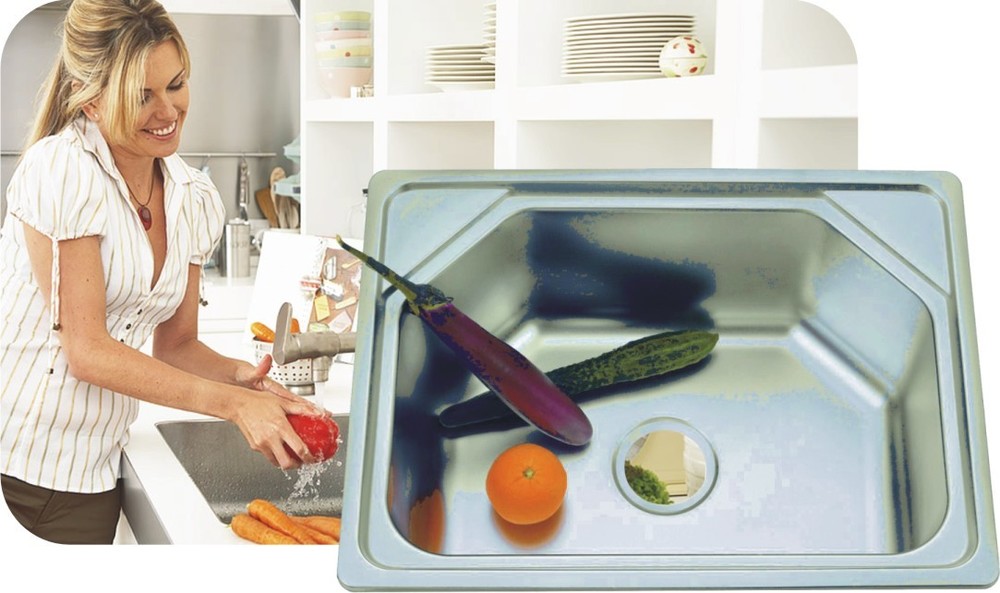

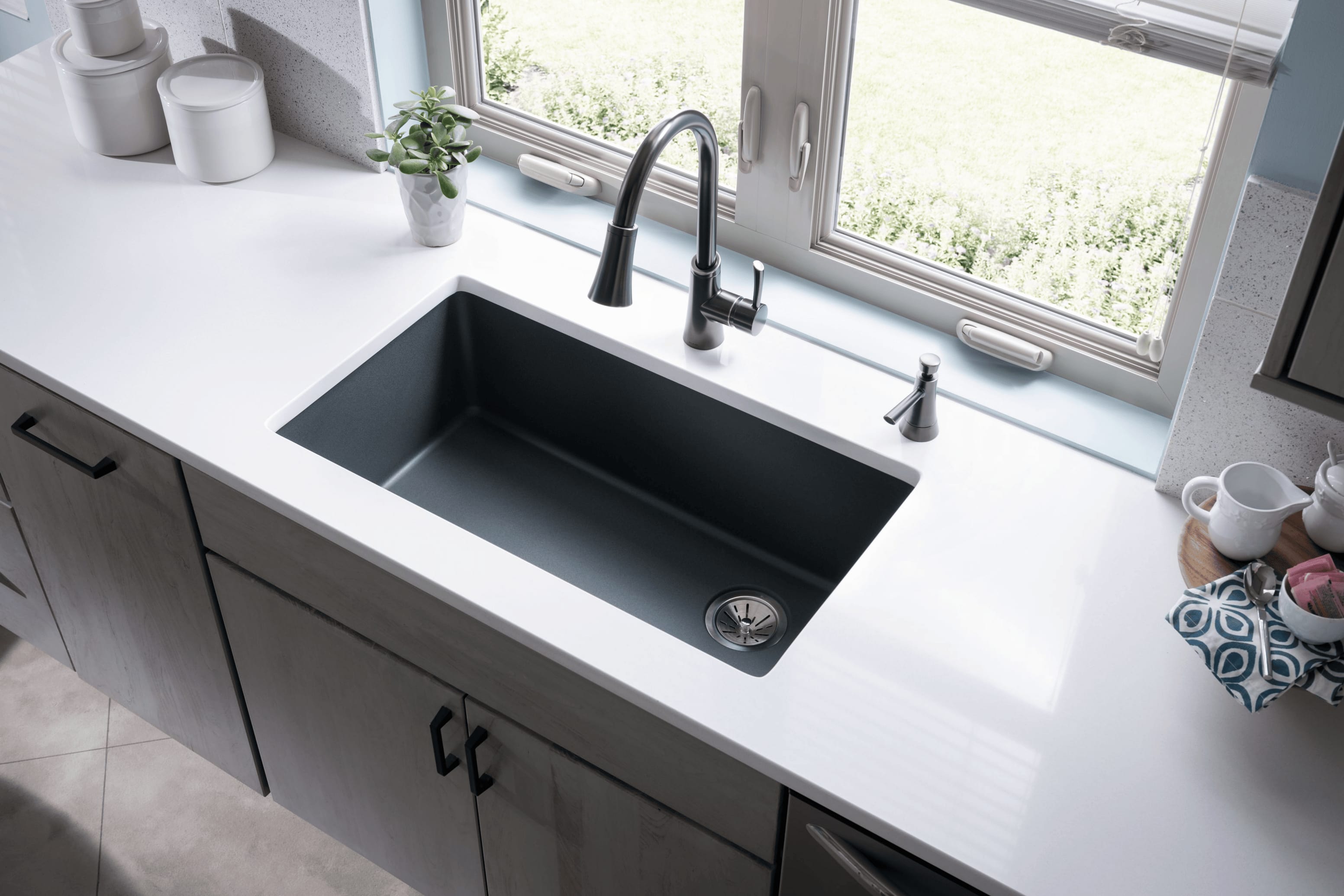
















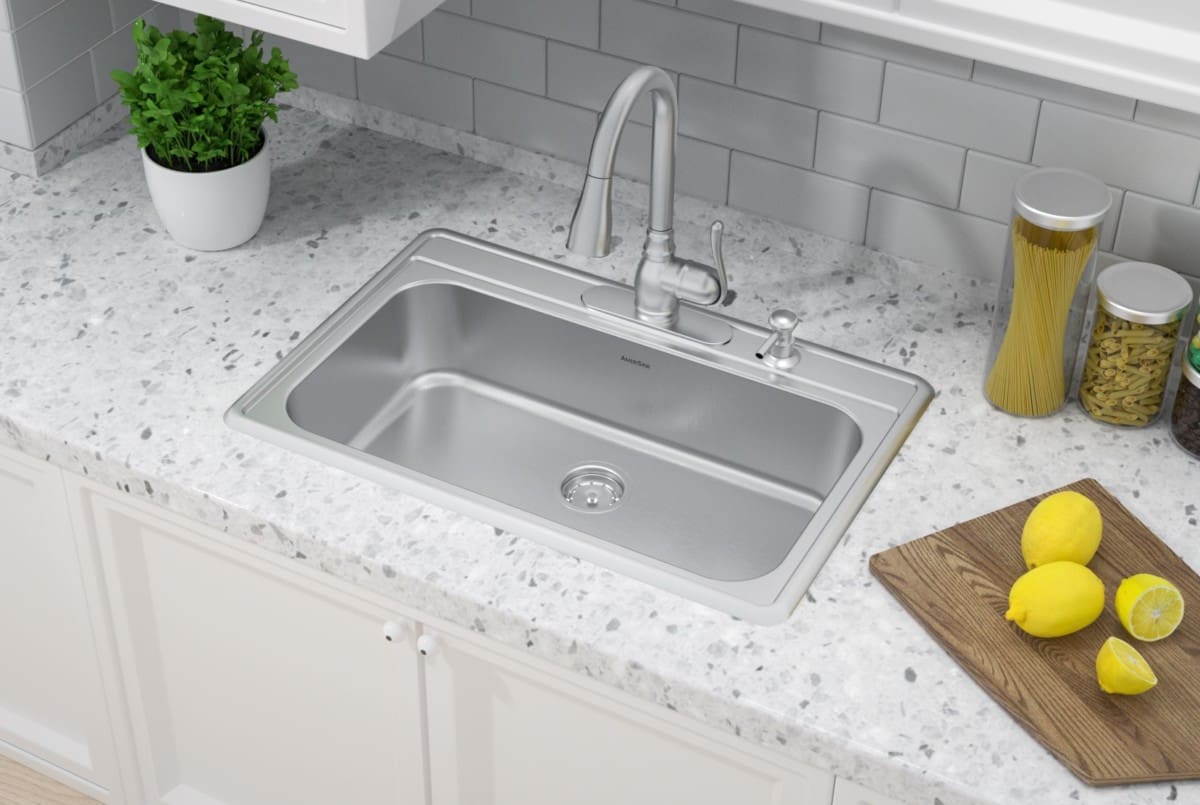


:no_upscale()/cdn.vox-cdn.com/uploads/chorus_asset/file/19495086/drain_0.jpg)



















